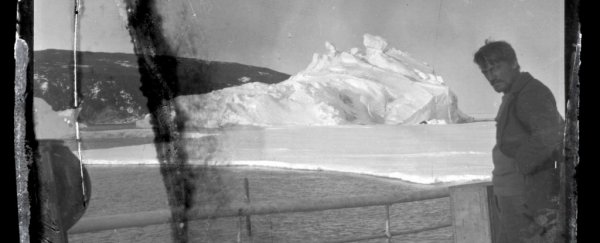Back in 2013, conservationists restoring exploration huts in Antarctica uncovered a box of 100-year-old negatives frozen in a block of ice, which depicted events from one of the most ill-fated polar expeditions ever, the Ross Sea Party.
Despite being frozen for a century, the team was able to restore the 22 pictures, offering a never-before-seen look at the tragic event.
According to the team - a group of conservationists working with New Zealand's Antarctic Heritage Trust (NZAHT) - the photos were taken by members of the Ross Sea Party who was working with the famed polar explorer Ernest Shackleton during his mission to cross the continent from 1915 to 1917.
To truly understand just how important these photos are, let's go over the insane events that befell the Shackleton and his crew as they tried to conquer one of the most inhospitable places on Earth.
The story of Shackleton starts way back in December 1914, when the explorer and his crew set out to march across the Antarctic continent - a task that no one had ever achieved.
The plan was to have one crew, led by Shackleton, enter the continent from South Georgia while the other - the Ross Sea Party - made a supply route from the Australian side of the continent. These two would essentially meet up in the middle, an outcome that didn't even come close to happening.
Here are the frozen negatives recovered from the Ross Sea Party mission 100 years later (more photos below):
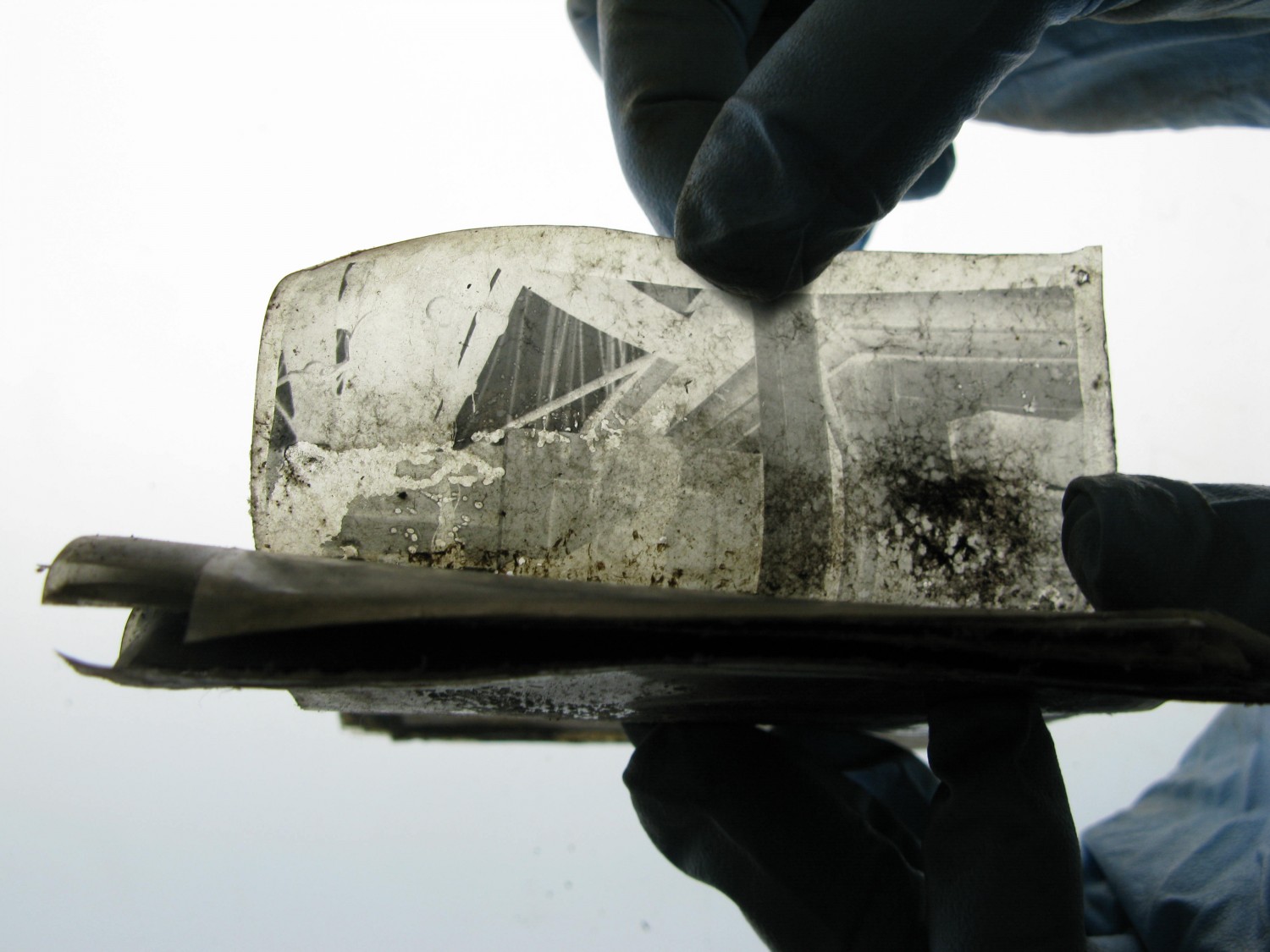 NZAHT
NZAHT
So what went so wrong? After sailing within sight of the Antarctic continent in January 1915, Shackleton's ship Endurance quickly came upon pack ice, slowing it to a crawl. The ship pretty much remained in one spot, drifting only as far as the 77th parallel in Vahsel Bay, over the course of nine months.
In September, the ice got so thick, it caused the ship to 'jump' and move as the pressure grew stronger around it. Shackleton eventually gave the order to abandon Endurance in favour of walking over the now thickened ice sheet.
After just three days on the ice, the crew watched as the ship sink into the murky depths below, prompting them to head towards open water in hopes of rescue. They were only able to travel around 2.4 kilometres (1.5 miles) every day.
Come January 1916, Shackleton and his crew had abandoned the quest to open water and, instead, set up a crude settlement called Patience Camp to hopefully wait out the weather.
They were hit by a blizzard, and in March, with food supplies running out, Shackleton ordered the crew to kill all 69 dogs they had with them, saving the youngest to eat later.
In April, the crew managed to reach Elephant Island in three lifeboats, and eventually landed on the shores of South Georgia a few weeks later.
After a 36-hour trek through glacial ice in South Georgia, Shackleton finally found a whaling community and chartered a ship to Elephant Island to pick up his remaining crew. All in all, the 22-month expedition was a complete failure.
While all of this was going on, the Ross Sea Party was on the other side of Antarctica, setting up supply routes for Shackleton to make his way across. Although, just like Shackleton, their expedition was destroyed by inclement weather and disaster after disaster, leading them to become stranded on the continent as well.
Unlike Shackleton's main party, the Ross Sea Party did manage to complete their mission in full, even after several members of their crew died and their ship sank. The saddest part of their side of the story is that they did it all in vain, because Shackleton never even came close the supply lines they left.
The pictures below are from the Ross Sea Party side of the operation, and they were found in the hut of Captain Robert Falcon Scott - a previous explorer who sheltered there around 1902.
These are some of the only pictures that have been found that showcase what things were like for those in the Ross Sea Party, making them extremely valuable to historians.
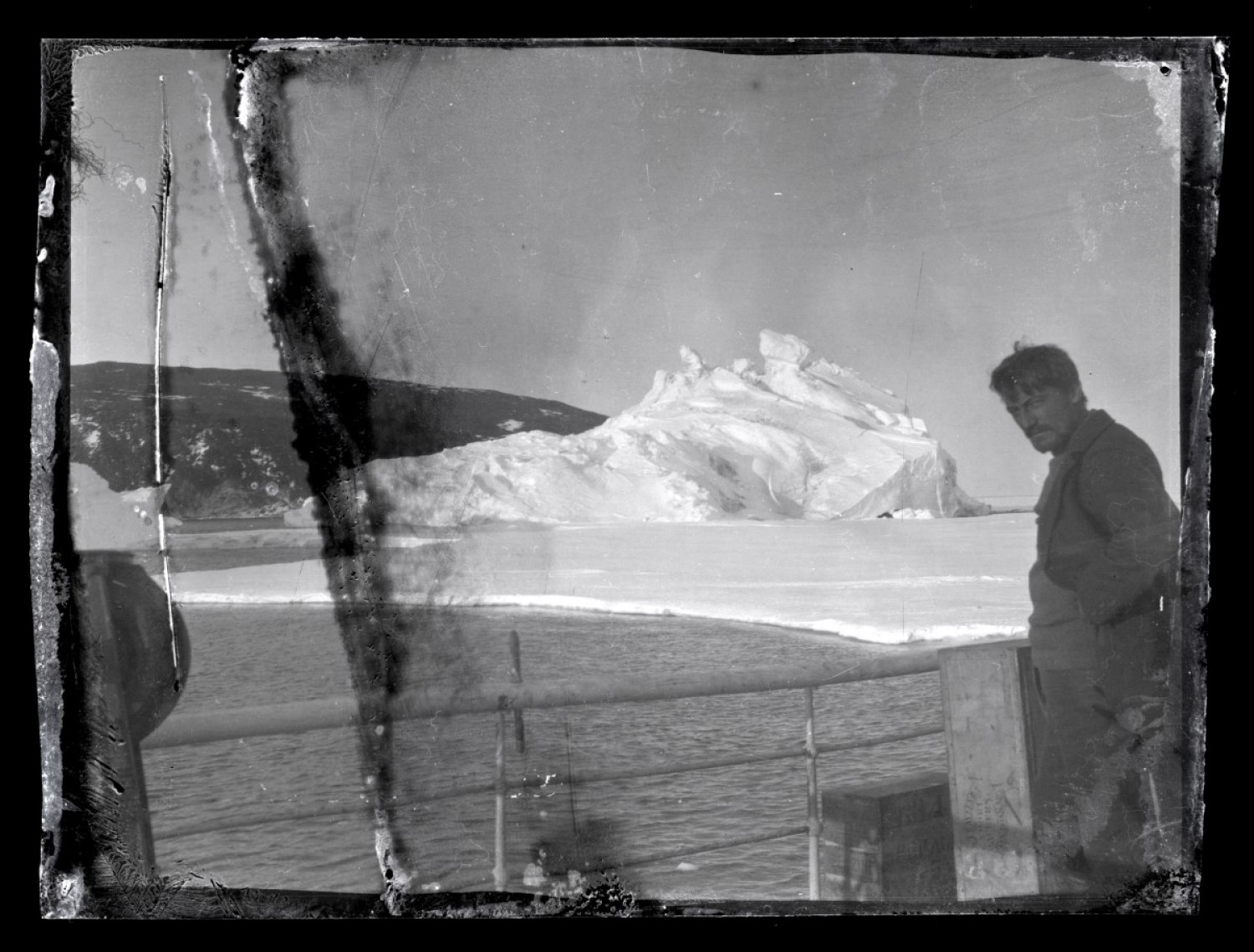 NZAHT
NZAHT
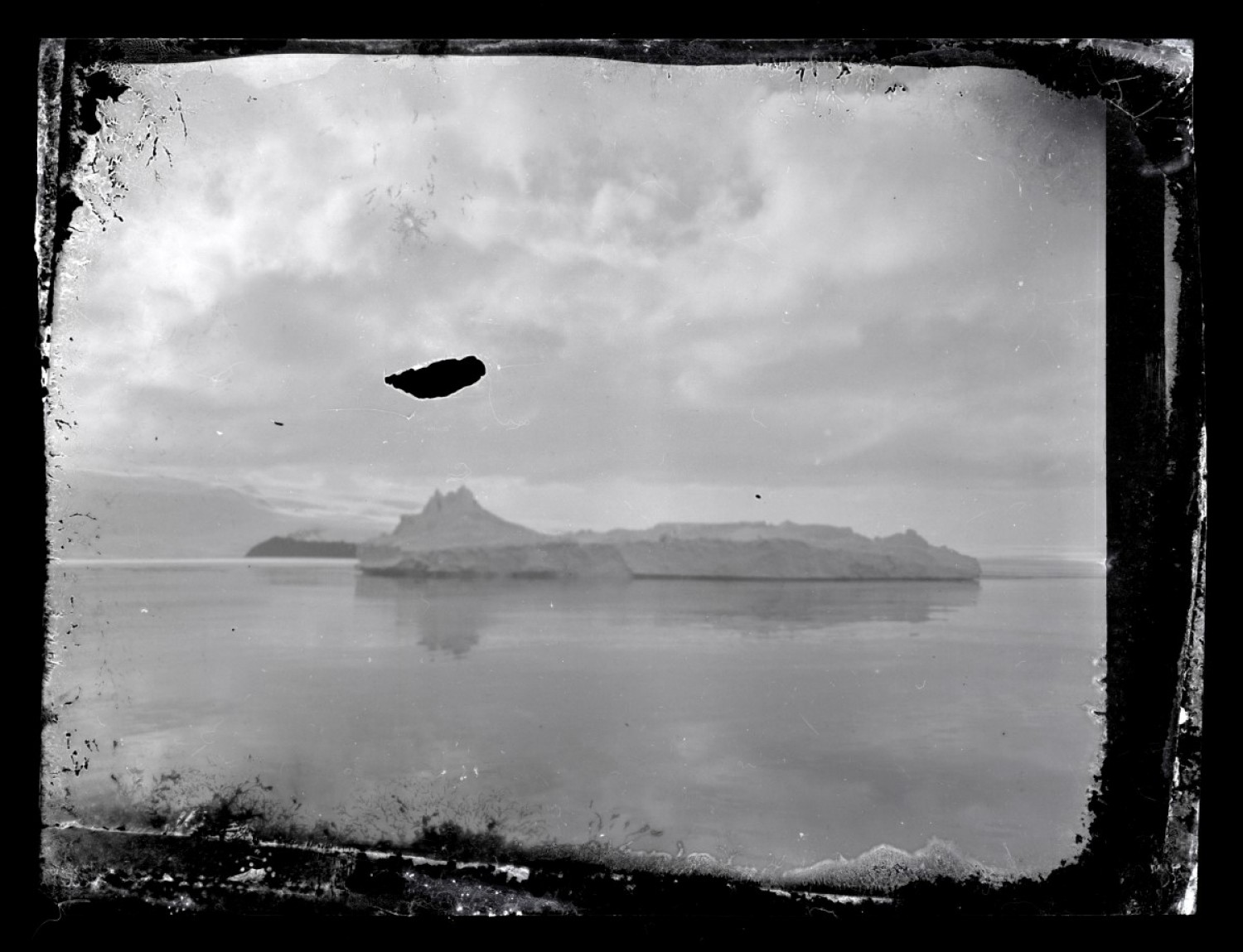 NZAHT
NZAHT
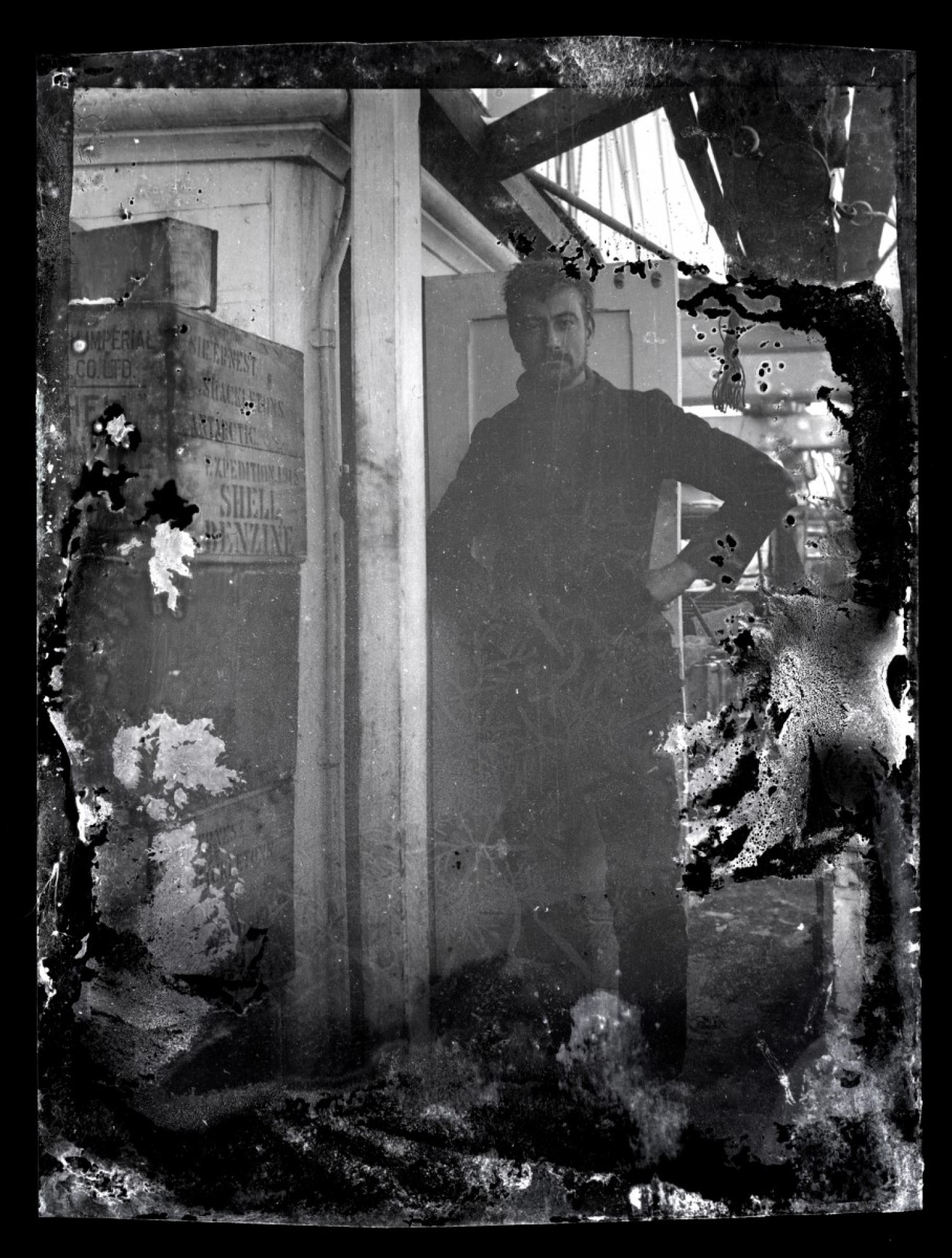 NZAHT
NZAHT
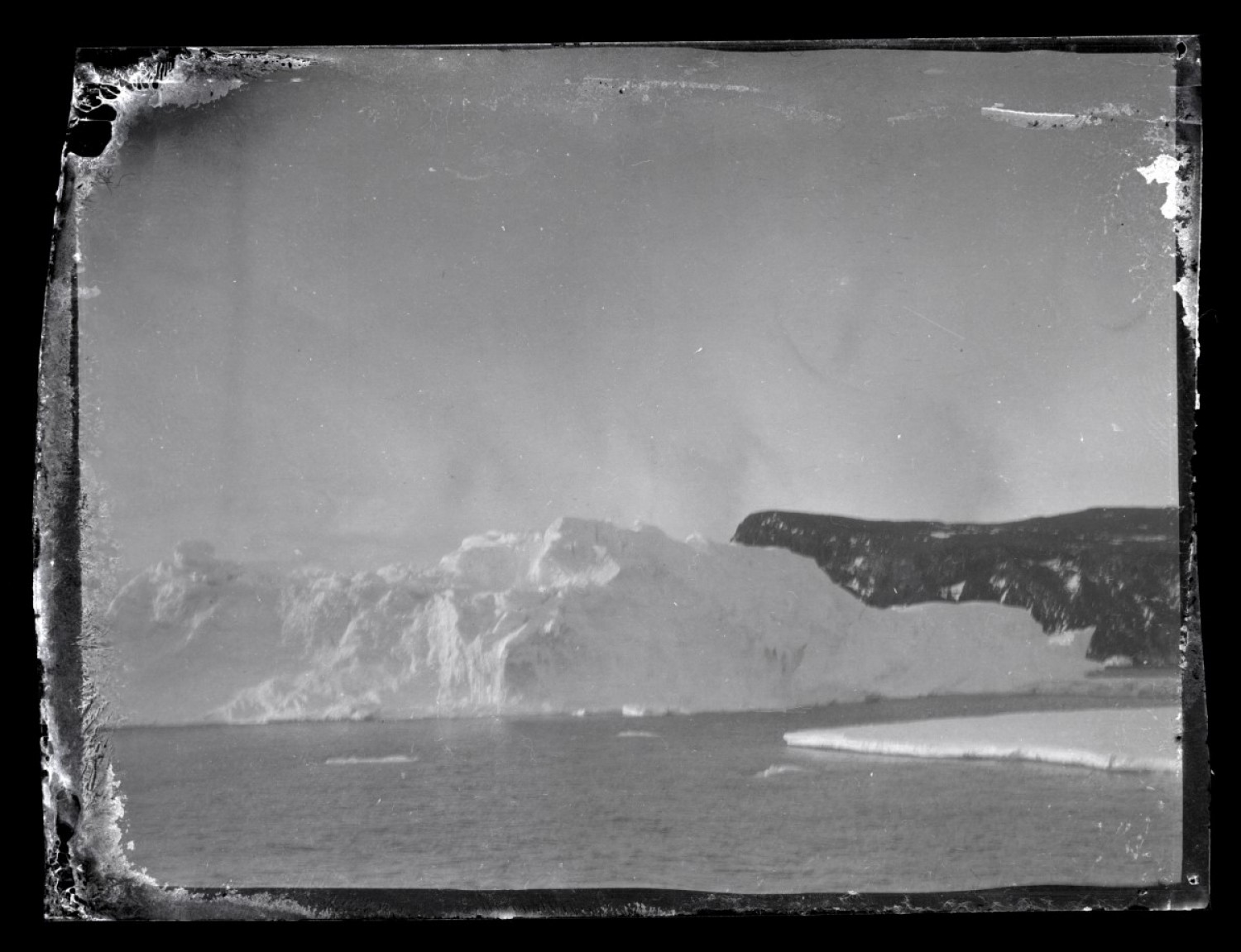 NZAHT
NZAHT
